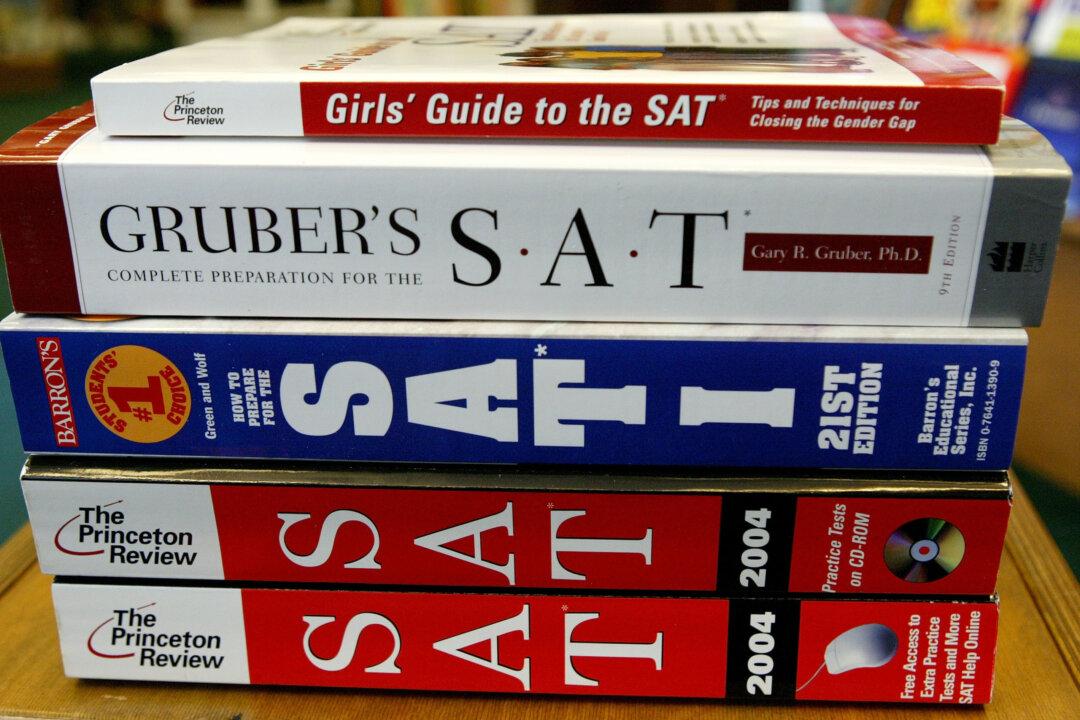Tens of thousands of high schoolers across the country this week are waving goodbye to No. 2 pencils and bubble sheets as the SAT goes fully digital. But that’s not the only change for the popular college admissions test.
More than a year after the last paper-and-pencil SAT was given outside of the United States, American students are joining their international peers to take the test exclusively on laptops and tablets via an app called BlueBook, named after the physical exam book in which test takers answered essay questions. The app saves students’ progress while they work, even if they lose internet connection or their device crashes.





